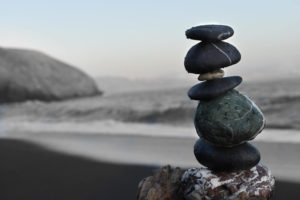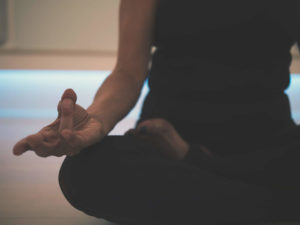An ADHD plan is a detailed analysis of a variety of interventions that can be used to improve attention, organization, time management and other executive functions. This will allow the person to feel successful. A clear-sighted exploration of the possibilities without self-criticism and blame is key to an effective and compassionate process of trial-and-error. ADHD is not the fault of anyone and requires complex solutions.
Here are some examples of what is possible.
- ADHD medications can be adjusted: Despite misunderstandings and misinformation, ADHD medication is safe and effective. It takes a lot of trial and error to find the right dosage while avoiding side effects. Also, you need to cover as much time as possible. Also, schedule your work when your medication is at its most effective.
- Regular exercise is important for a healthy body. ADHD can make it difficult to maintain a consistent routine. Regular exercise can improve mood, sleep, as well as ADHD symptoms. Even short breaks can make it easier to focus.
- ADHD can also disrupt sleep. Sleep problems can be addressed and people who sleep enough are able to focus better on their day and learn more.
- Meditation: Anyone can learn mindfulness meditation. It is impossible to expect perfection, and it is not possible to have no thoughts. Even a short, regular meditation practice can lead to improved focus with ADHD or not. Meditation can also help with sleep problems.
- Timers are a great way to focus under pressure. This forced focus can be achieved by not waiting until the last minute. However, it can lead to late nights, rushed work and little time for editing. You can commit to a work method called “batching” and promise to keep working on one task until the timer goes off. Take a short break, then start over.
- Distractions from computers: While computers have many advantages, they are also designed to distract. Each shift in our attention can lead to decreased efficiency. You can lose as much as 20 minutes of work if you allow your attention to drift off into idle distractions for 15 minutes. This wasted time can accumulate throughout the day. Freedom allows you to save your work time and batch your fun time.
- Active engagement is encouraged: Choose actions that encourage you to actively engage in what you are doing. One of the most common is to take notes even if you don’t use them.
- You can manage your environment by setting up your surroundings to minimize distractions. For example, you might not want to be too far from the front of a classroom. Or, move away from what is most important to you at home. Turn off or put your phone down. White noise machines or background music are used by some people (be sure to use a preset playlist, and avoid deejaying).
- Reward yourself for your efforts. Forgive yourself. Excessive self-criticism can undermine motivation and persistence.
Keep track of your goals and how you view your work. You’ll be more likely to give up if you approach any activity believing you will fail. Reframe your mental habits as you would with a child. Make a commitment to be honest, make the effort and then reflect on your failures. Then, create a plan for success and adjust it.






